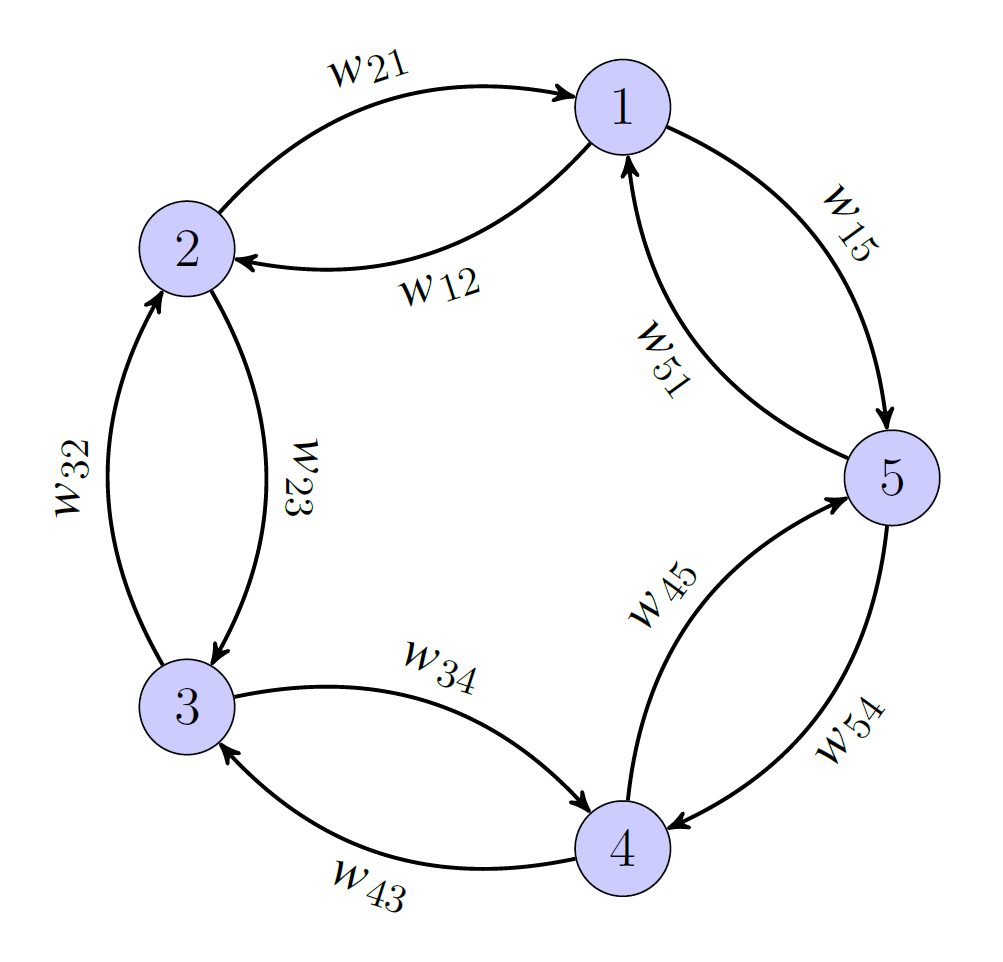Resilience and Robustness in Networked Systems
Resilience and robustness hold paramount importance in the realm of autonomous and cyber-physical systems, where the reliable and secure operation of interconnected components is critical. Resilience refers to the system's ability to withstand disturbances, failures, or attacks while maintaining its essential functionalities and promptly recovering to a desired operational state. It involves fault tolerance mechanisms, adaptive control strategies, and dynamic reconfiguration techniques to ensure system continuity. Robustness, in the context of networked autonomous and cyber-physical systems, denotes the system's ability to perform optimally and reliably under varying conditions, including uncertainties in inputs, environmental changes, or the presence of faulty or malicious components. Achieving robustness often entails redundancy, error detection and correction, feedback control mechanisms, and the ability to gracefully adapt to the desired performance when faced with challenging scenarios.
Consensus over Pseudo-undirected Graphs
In multiagent systems, some agents will have larger initial state values, while others may have smaller initial state values. The distributed leaderless framework with undirected graphs can only ensure a consensus value which is at the average of the agents' initial states. Sometimes, this may emerge as a restrictive requirement. One way to tackle this is to adopt a leader-follower scheme, and providing a wide range of arbitrary reference values to the leader. That said, the situation becomes over-dependent on a single agent. In either case, some agents do not affect the consensus value. We focus on a fully distributed cooperative behavior that also guarantees agreement at values which are not at the average of the agents' initial states. With the proposed nature of interaction, each agent has a stake in the consensus value. Physical constraints on actuators, such as bounded lateral acceleration of vehicles, are also respected when agents are connected over the proposed pseudo-undirected graph.

We also analyze the extent to which a single edge weight can be (negatively) perturbed without agents losing consensus. A direct application of this work can be seen in cooperative simultaneous interception of a target when the common time of interception is desired larger than the largest time-to-go in the swarm.
Selected Publications:
- Abhinav Sinha, Dwaipayan Mukherjee, and Shashi Ranjan Kumar, "Deviated Pursuit based Cooperative Simultaneous Interception against Moving Targets", Proceedings of the American Control Conference, Denver, Colorado, USA, July 1-3, 2020, pp. 3796-3801.
- Abhinav Sinha, Dwaipayan Mukherjee, and Shashi Ranjan Kumar, "Consensus-driven Deviated Pursuit for Guaranteed Simultaneous Interception of Moving Targets", IEEE Transactions on Aerospace and Electronic Systems, 2025.
